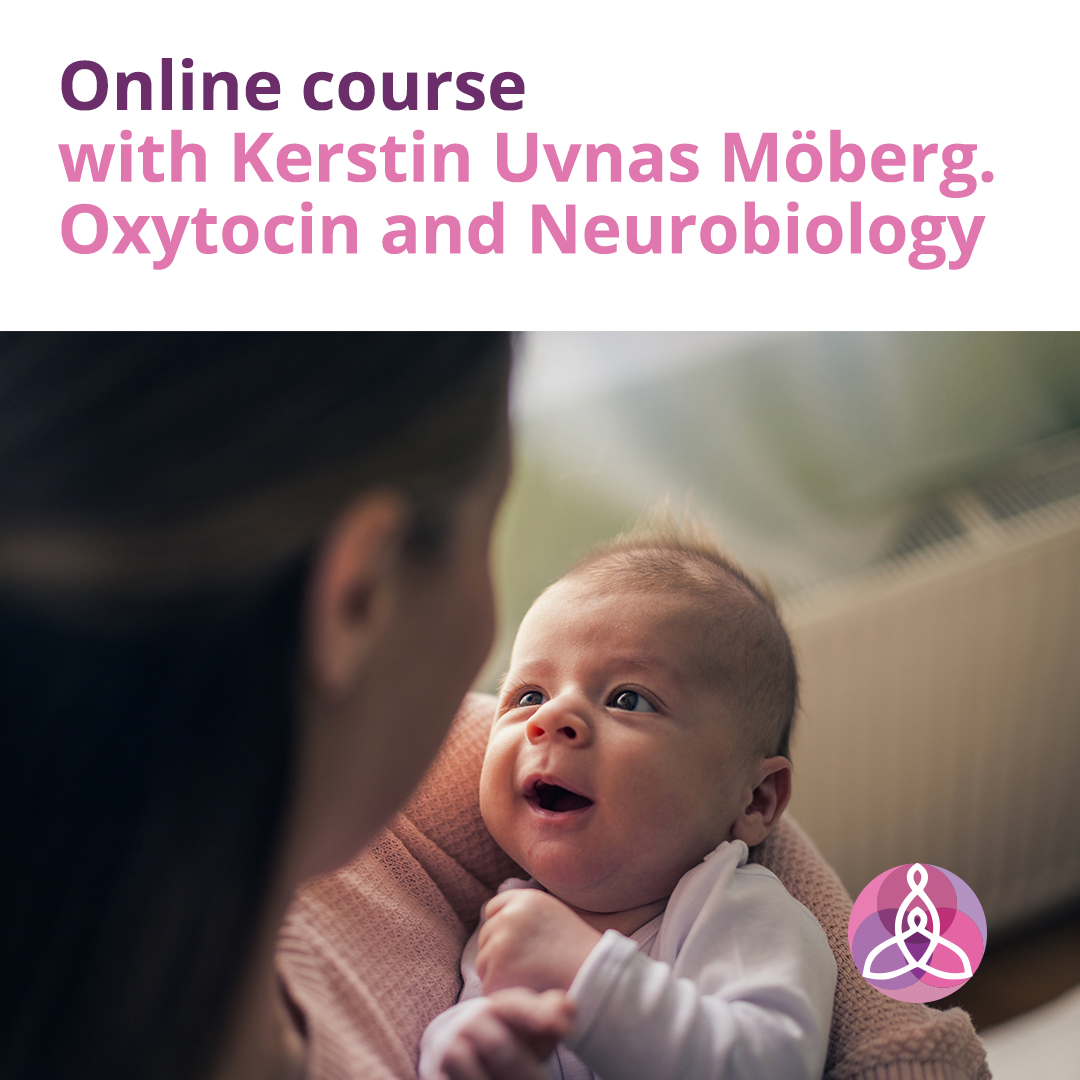Descripción
Clinical applications in childbirth, lactation and neurodevelopment
Labor, the initiation of lactation, the ejection of milk and the initiation of the mother-baby bond depend, among other things, on the secretion of oxytocin from the posterior pituitary. Oxytocin appears to be the mediator hormone of maternal behavior in mammals, and it is released in a pulsatile and increasing manner throughout physiological delivery, reaching maximum levels in the maternal brain in the hour after delivery. This phenomenon has been associated with the existence of an early sensitive period during which a specific neurohormonal scenario occurs, both in the maternal brain and in the newborn’s brain, aimed at facilitating the initiation of the mother-child bond.
Various manipulations in the perinatal period can alter the physiological neurohormonal stage of both the mother and the baby, without the implications of these manipulations being well known. In other mammals, the effects of manipulation of the endogenous oxytocin system in offspring have been studied in depth and include long-term changes in social and sexual behavior.
Elective caesarean section, synthetic oxytocin-induced labor, or stopped labor by oxytocin antagonists alter the balance of oxytocin and vasopressin in the newborn. Likewise, mother-infant separation, artificial lactation, or the absence of immediate skin-to-skin contact lead to a disruption of the endogenous release of oxytocin.
The use of synthetic oxytocin is so widespread and widespread that there is a tendency to assume that its effects are well known and benign, and its use in higher doses has even been recommended to avoid caesarean sections. However, it is considered to be the drug most often associated with preventable or avoidable adverse effects in childbirth.
Duration: 6.5 hours
